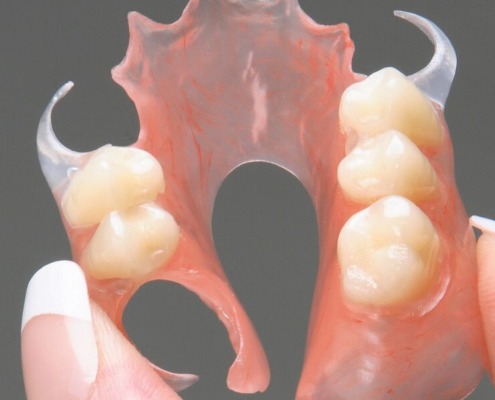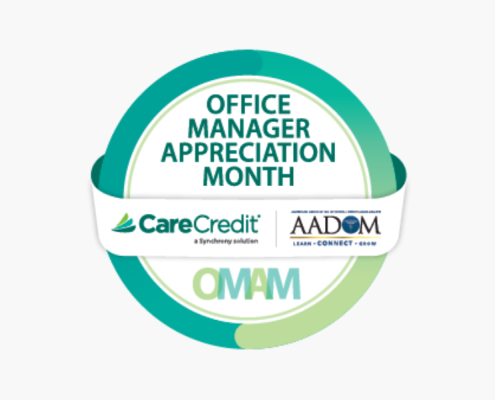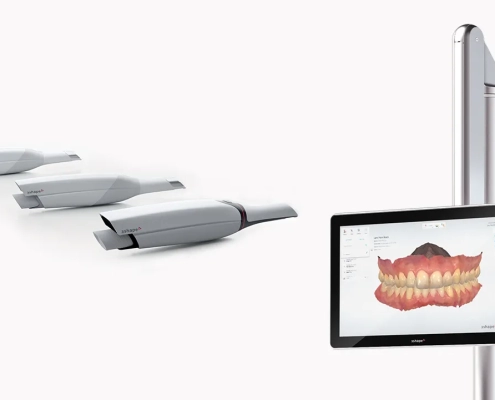
Cement vs. Clasps? Choosing the Right Retention Method for Your Flexible Partial Denture
0 Comments
/
Are you a dentist or prosthodontist seeking the perfect retention…

How Dentists Can Create A Culture Of Appreciation In Their Practice
September is Office Manager Appreciation Month and while the…

Unlocking the Link: Oral Health and Brain Health in the Fight Against Alzheimer’s Disease
As we age, maintaining our overall health becomes increasingly…

Making the Right Choice: Key Considerations When Buying an Intraoral Scanner
We understand the significance of making informed decisions…
